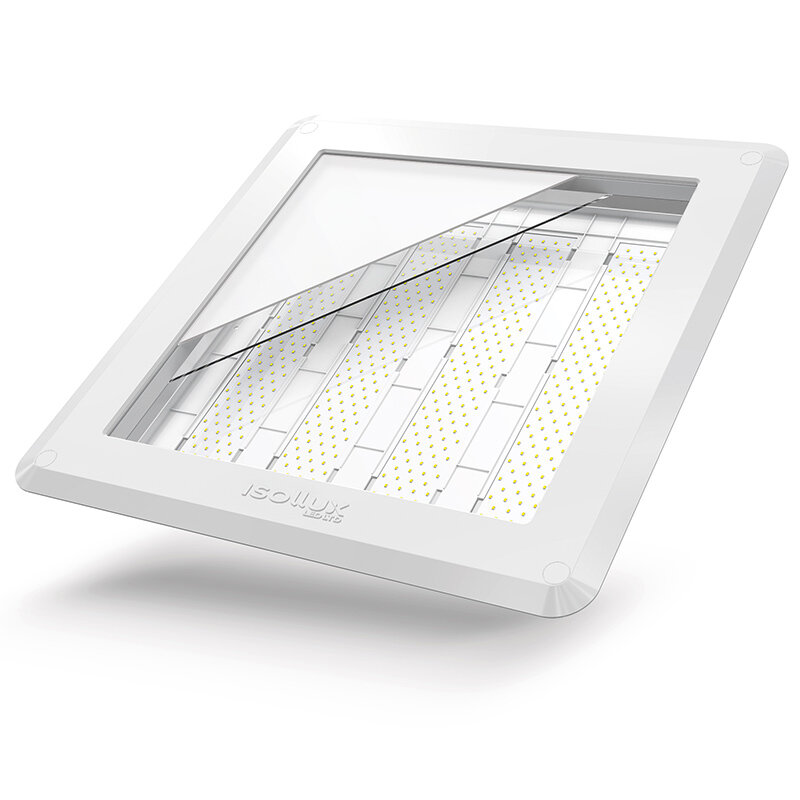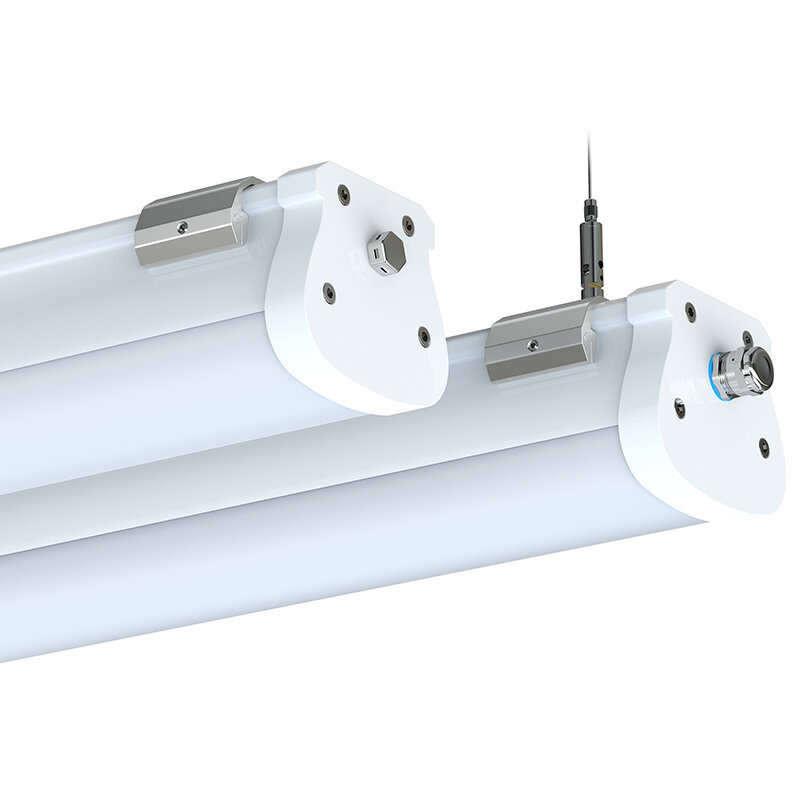Applications
Food Processing Environments
When it comes to lighting for food processing environments, it is crucial to prioritize functionality and safety. Proper lighting plays a significant role in maintaining a hygienic and efficient workspace where food products are handled and processed.
Key Considerations for Lighting in Food Processing Environments:
Brightness: Adequate lighting levels are essential to ensure that workers can accurately inspect, sort, and process food products. Proper illumination helps to prevent errors and maintain the quality of the products.
Color Rendering: High color rendering index (CRI) lighting is preferred in food processing areas to ensure that the true colors of food products are represented accurately. This is vital for tasks such as quality control and sorting.
Durability: Lighting fixtures in food processing environments should be durable and resistant to moisture, dust, and contaminants. IP-rated fixtures are recommended to withstand the cleaning processes and maintain optimal performance.
Hygiene: Easy-to-clean lighting fixtures with smooth surfaces help to prevent the accumulation of dirt, dust, and bacteria. Regular cleaning and maintenance of fixtures are essential to uphold hygiene standards in food processing areas.
Energy Efficiency: LED lighting fixtures are a popular choice for food processing environments due to their energy efficiency, long lifespan, and low maintenance requirements. They provide bright, uniform lighting while reducing energy consumption.
Compliance: Ensure that lighting design complies with industry regulations and standards for food processing facilities. Lighting should not contaminate food products or create hazards for workers.



